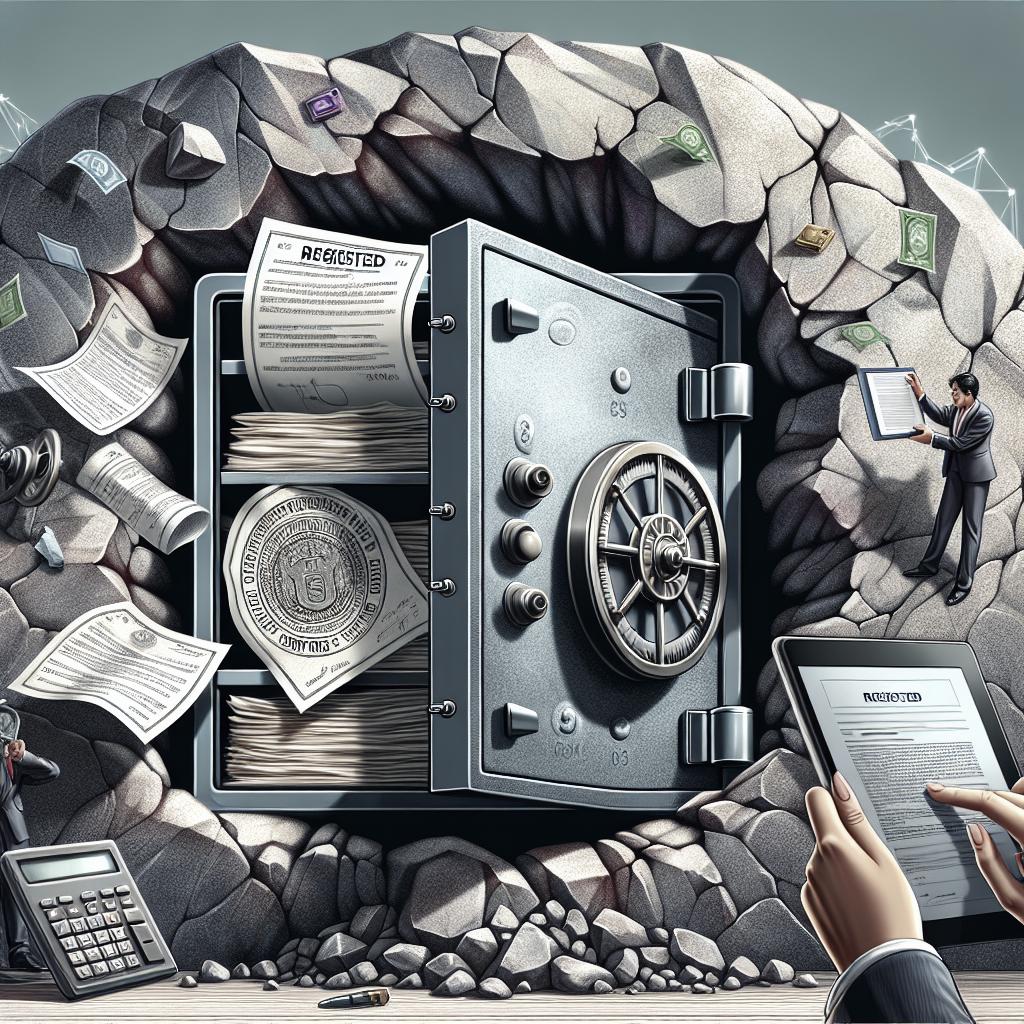<>
— Maintaining an accurate and up-to-date asset register stands as one of the most crucial and yet often overlooked aspects of business management. By meticulously cataloging all physical and intangible assets, businesses can better manage resources, enhance regulatory compliance, and ultimately boost their bottom line. In this blog post, we dive into what an asset register is, its impact on business value, the benefits of maintaining one, and best practices for creating an effective asset register. Additionally, we will address common questions in our FAQ section for further clarity.
What Is the Asset Register?
An asset register is a comprehensive inventory system that records all the assets owned by a business. This includes both tangible assets like machinery, equipment, and real estate, as well as intangible assets such as software, intellectual property, and licenses. Each asset is assigned a unique identifier, detailed with various relevant attributes like purchase date, location, cost, and depreciation value. In essence, an asset register serves as the backbone of asset management, functioning as the cornerstone for asset tracking, maintenance, and financial planning. Keeping an accurate asset register ensures that a company has a clear understanding of what assets it owns and their current state, facilitating better decision-making and strategic planning.
Impact of Keeping Accurate Asset Register on the Business
An accurate asset register provides businesses with a transparent and detailed view of their resources, allowing for more effective resource allocation and budgeting. It minimizes instances of asset misplacement and theft, often difficult to track without a systematic register. Consequently, businesses can expect reduced losses and improved operational efficiency. Financially, a well-maintained asset register assists in precise asset valuation, essential for various financial processes like auditing and tax reporting. It bolsters a company’s credibility with investors and stakeholders by presenting a clear, accurate depiction of the company’s tangible and intangible asset worth. This transparency can lead to increased investor confidence and potentially more favorable financing options.
What Are the Benefits of Maintaining a Fixed Asset Register?
Maintaining a fixed asset register brings a multitude of benefits. First and foremost, it aids in asset maintenance and lifecycle management. Knowing the status and location of each asset helps in planning scheduled maintenance, ensuring assets operate at peak efficiency and extending their useful life. Another significant benefit is the enhancement of trust and accountability within the organization. When employees know that assets are properly accounted for and tracked, they are more likely to handle resources responsibly. This accountability is crucial, particularly in larger organizations where tracking the whereabouts and usage of assets can be challenging. Finally, regulatory compliance is a key advantage. Accurate asset registers aid in meeting legal requirements related to asset reporting and depreciation accounting. Compliance with these standards not only averts potential legal repercussions but also solidifies the company’s reputation as a well-governed entity.
Best Practices for Creating Asset Register
1. Eliminate Spreadsheet
Spreadsheets, although widely used, are prone to errors and do not offer the scalability required by growing businesses. Transitioning to more reliable asset management solutions like dedicated software helps in creating a more accurate and easily manageable asset register. Automation and cloud-based systems can provide real-time updates and reduce the risk of human error.
2. Use Asset Tracking Software
Investing in asset tracking software is an effective way to increase the efficiency and accuracy of an asset register. These software solutions often come with features such as barcode scanning, RFID tagging, and GPS tracking, which streamline the process of recording and updating asset information. Modern asset tracking software also integrates seamlessly with accounting and ERP systems, providing a holistic view of the company’s financial health. This integration facilitates better financial planning and enhances the accuracy of financial statements.
3. Asset Code Number Should Be Understandable
To ensure that employees can easily track and identify assets, it is vital to use understandable and standardized asset code numbers. Each code should be unique, easily recognizable, and reflective of the asset’s category, location, or function. This practice enhances traceability and simplifies audits and inventory checks, reducing the time spent searching for assets.
4. Create a List of Assets That Need to Be Tracked
Before creating an asset register, compile a comprehensive list of all assets that need to be tracked. This includes tangible items like machinery, computers, and office furniture, as well as intangible assets such as patents and software licenses. Categorizing these assets based on their type, location, or department can provide a structured approach to asset management. Regularly updating this list and conducting periodic audits will ensure that the asset register remains accurate and up-to-date. This practice helps in identifying obsolete or redundant assets, allowing the company to make informed decisions regarding asset disposal or replacement.
Lessons Learned
| Section | Key Insights |
|---|---|
| What Is the Asset Register? | Comprehensive inventory system documenting all business assets, both tangible and intangible. |
| Impact of Keeping Accurate Asset Register on the Business | Enhances resource allocation, operational efficiency, asset valuation, and stakeholder confidence. |
| What Are the Benefits of Maintaining a Fixed Asset Register? | Aids in asset maintenance, enhances accountability, and ensures regulatory compliance. |
| Best Practices for Creating Asset Register | Includes eliminating spreadsheets, using asset tracking software, creating understandable asset codes, and listing all assets. |
Frequently Asked Questions (FAQs)
Q1: What types of assets should be included in an asset register? A1: Both tangible assets like machinery, office equipment, and vehicles, and intangible assets such as software licenses, trademarks, and patents should be included. Q2: How often should an asset register be updated? A2: Regular updates are recommended, ideally following each significant asset transaction, with periodic audits conducted at least annually to ensure accuracy. Q3: Can asset management software integrate with existing business systems? A3: Yes, many asset management software solutions are designed to integrate seamlessly with accounting and ERP systems, providing a unified view of asset data and financial health. Maintaining an accurate and up-to-date asset register is essential for any business looking to optimize its resources and enhance operational efficiency. By implementing best practices and leveraging modern software solutions, companies can turn their asset register into a powerful tool for strategic planning and financial management.


